A Newly Discovered Ethnocultural Substrate along the Atlantic Façade—Evidence for the Unique Counting System and Mathematical Strategies Shared by the Basque Country (Euskal Herria), Spain, France, Ireland and Scotland
Abstract
:1. Introduction: The Septenary Package
- (1)
- It can be the result of a top-down vertical imposition of a system by a highly structured scientific elite, e.g., as occurred in the 19th and 20th centuries in the case of the decimal metric system which involved the imposition of a system from above. This is a process that, by necessity, must bring into play complex mechanisms for transmitting information about the new system to the populace in question and convincing them to use it. It requires vehicles for communicating with the intended audience, populations that were sometimes but not always literate. This required providing them with basic information about the new system and how to use it, along with finding ways to ensure that they adopted it. In the case of the invention and introduction of the decimal metric system, this was done in a cultural setting already equipped with a scientific elite and a literate body of experts at the top.
- (2)
- In contrast, in pre-literate societies that were living in orality, the acceptance and maintenance of a distinctive metrological system tends to be the result of horizontal processes of face-to-face social contact and exchanges. These are often the tangible result of commercial and social exchanges between the collectives in question. Therefore, with respect to the septenary mensuration system, one of the many questions that remain without a solution is the following: is it possible to reconstruct the cognitive strategies that informed the use of these septenary units of measurement? In other words, can we identify specific instances where the populations of this zone employed these septenary units to structure the space around them? And, if we can do so, does the resulting evidence allow us to determine the time-depth that should be assigned to the system, and figure out where it might have originated and/or how it was transmitted across time and space? All these questions warrant attention, even though their answers are still far from clear. Even so, they will help guide us in our exploration of these septenary units of measure and how they were instantiated in social practice across the Atlantic façade.
1.1. The Grounding of the Septenary Units in Euskal Herria
1.2. Comparing the Standard Saroi and Avebury
1.3. Other Considerations Concerning the Septenary Units of Measure Used to Lay Out the Saroi Stone Circle Sites
2. Agrarian Surface Measures along the Atlantic Façade
2.1. The Basque Gizalan Compared to the Castilian Peonada
2.2. Survival of the 7 ft. Unit of Measurement along the Atlantic Façade
2.3. The Unit of 160 Square Perche in Normandy
2.4. The Old Irish Acre
2.5. The Township or Bailebiatagh
- Two score acres three times;
- Is the land of the Seisrigh;
- The land of three Seisrighs, therefore;
- Is the quarter of a Bailebiataigh.
The townland would be unmeasured, but would in all probability become standardised to support a certain number of animals,11 each dweller in the township being permitted to graze a certain number and no more.12 The arable land would be cultivated in run-rig or communally, as was the custom in western isles of Scotland up to quite recent times. The township or village has an officer called a maor, who is not to be confused with the Mairs or Mairs of Fee of later feudal times. A certain number of these villages were grouped together to form the larger administrative unit known as the tuath, at the head of which was an officer called the toiseach, and a certain number of tuaths were grouped together to form a mor-tuath, at the head of which was the great officer of state known as the mormair. In Ireland the corresponding office to that of mormair in Scotland was that of the ri-mortuath, the holders being the ‘kings’ of Irish history. Our present inquiry, however, is not into these administrative matters, but is concerned with the agricultural divisions of the townland or bally.
It may be the same word that is found in the Perthshire name Trean. In northern Scotland the townland was known as the davach, pronounced doch, and we find the half-townland perpetuated in some names like Leathdoch Bheannchdair and Leathdoch non Coig, occurring in Morayshire and derived from leth the half and davach the townland. In the West Highlands the ceathramh or quarter and its multiples were well-known land denominations, occurring in the charters as quarters, eights, etc.
3. Commentary
4. Linguistic Base-20: Questions Concerning the Origins of Vigesimal Features Found in Languages Spoken along the Atlantic Façade
If vigesimal features spread through counting, they were in this sense dependent on an external source and not spontaneous developments. Strictly linguistically, the introduction of vigesimal counting into a language without original decimality might have drawn on resources internal to that language itself without direct material borrowing of numerals, etc., from the other language. Thus, if Danish vigesimality is not spontaneous, but connected with similar phenomena further south, I would be inclined to view it primarily as a result of counting practices conveyed, e.g., in trade and shipping, only secondarily as a consequence of some possible, but severely limited bilingualism.
In the present state of our knowledge, it does not seem possible to come to any firm conclusions regarding the origins of the vigesimal forms attested in various Romance languages and dialects. The evidence adduced in support of the various substratum or adstratum theories—Celtic, Norman or Basque—seem too slender and the counter-indications, though perhaps not conclusive, too telling for these theories to carry conviction. Reichenkron’s view that elements of a vigesimal system arose independently but in similar sociological contexts in a number of areas, though consistent and well argued, and not inherently implausible, is not however supported in all respects by a substantial body of evidence and can only lead to a verdict of “not proven”.
In his article entitled “Zum Zwanzigersystem der Zahlwörter” (Colón 1968), G. Colón expresses the view that Reichenkron’s article marks an important step forward in the search for origins of the vigesimal system. As a further argument against the Norman origin of the system in French, as advanced by Rösler and Rohlfs, Colón quotes the form cen e quatre vint e vueit ‘one hundred and eighty-eight’ in William Poitou (1071–1127), and two other—later—Old Occitan examples, which seem to call into question the hypothesis [of a Norman origin].19
5. The Septenary Connections to the Term Toiseach/Taoiseach
6. Conclusions: Archaeological Ethnography, Ethnocultural Substrate and Social Memory
Funding
Conflicts of Interest
| 1 | Cf. https://dle.rae.es/peonada?m=form (accessed on 15 June 2020). |
| 2 | |
| 3 | Obviously, these decimal metric equivalents are based on the conversion that took place when the decimal metric units were introduced and the metre unit replaced the toise standard. Therefore, the decimal metric equivalents were calibrated using the preexisting metal bar standard housed in Burgos (Frank 1999b). |
| 4 | Research on this topic centers almost exclusively on the role played by the toise in determining one degree of meridional arc, surveys which led to the establishment of the meter standard (Frank 1999a; Méchain and Delambre 1810; Strasser 1975). |
| 5 | “En un estuche tengo un pie real de París en bronce muy exacto, y aviéndolo medido, y cotejado muchas veces con el pie de Castilla, hallo, que 6 pies de París, que es la toysa, hace 7 pies justos de Castilla” (Villarreal de Berriz [1736] 1973, pp. 116–17). Translation by the author. |
| 6 | For a detailed discussion of the slight variations in the physical length of the toise bar standards utilized over the years, cf. Guilhiermoz (1913). |
| 7 | As Grierson (1972, p. 19) points out, in France after literally centuries of debate on the correct length of the perche for arable land, its length was finally settled at 18 pieds de roi. Since there existed a ratio of 6:7 between royal and common feet, 18 pieds de roi were equal to 21 common feet. |
| 8 | McKerral states the same thing with respect to the introduction of the term acre. Speaking of Scotland, McKerral writes: “To English or Saxon influence is to be ascribed the introduction of the first real land measure in Scotland. This was the acre, and it appears to have been brought over from the Continent by the Saxons when they first came to England. In those parts of Scotland which they colonised the ancient Celtic bally and pit would become the tuns and hams of the English settlers, and the old Celtic divisions of quarters, eighths, etc., were replaced by the denominations of the ploughgate and acre” (McKerral 1943–1944, p. 46) |
| 9 | There is another story that needs to be told, but which is outside the scope of this study, namely, why in the United States farms are regularly sold in units of 120, 180, 360 or 720 acres. A farm of 720 acres would be the numerical equivalent of a half of a townland set at 1440 acres. How the dimensions of the English acre came about is explained by McKerral. Here we need to keep in mind that English feet are set at 0.3048 m and, therefore, are slightly longer than the septenary feet of 0.278 m. Thus, in England the pole utilized to lay out land holdings was not understood to be 21 ft, each of 0.278 m in length but rather one of 16½ English feet. McKerral states the following concerning how the English (and US) acre came into existence: “The statute English acre was not merely a definite area but was of definite shape as well. lts form, originally at least, arose out of the necessities of cultivation and was adapted to the work of the plough, which was drawn by four pairs of oxen or eight in all. The length of the acre was a furlong of 40 poles, and a furlong was actually a furrow-long, that is the distance which experience had shown the plough team to be capable of drawing the plough without stopping to rest. The pole was 5½ yards or 16½ feet, and is supposed to have been the length of the great ox goad. The measure known as ·the rood or rude was a furlong in length by one pole in breadth, and the acre consisted of four roods lying side by side. The width of the rude and of the acre strip doubtlessly were determined by the distance necessary for turning the plough team at the end of the furrow. The statute English acre was thus (40 × 16½) × (4 × 16½) square feet,-that is, 43,560 square feet or 4840 square yards in area” (McKerral 1943–1944, p. 46). |
| 10 | For instance, we find McKerral stating the following: “In combination with the tribal organization, there was also in Ireland an ancient system of fixed land measures adapted to it. The largest of these divisions was the Trichaced, which was considered as the normal extent of the Tuath or territory of a tribe. It contained thirty Bailebiataghs, and each Bailebiatagh twelve Seisrighs or ploughlands, also termed Ballyboes, and these were the townships, and the distribution of the land among the freemen of the tribe appears to have been separately allotted in each township to its occupants” (McKerral 1943–1944, pp. 153–54). |
| 11 | An example of regulations related to the carrying capacity of a given size of pastureland and the number of cows allowed to graze on it is found in McKerral (1943–1944, pp. 155–56). He is commenting on the poem collected by Skene: “The Seisrigh or ploughgate, which represents the sown land, is here stated to contain 120 acres and twelve ploughgates, with as much pasture land as sustained 300 cows, or four herds of seventy-five each formed the Bailebiatagh”. |
| 12 | This was also the case in the Basque Country (Aragón Ruano 2006, 2015). |
| 13 | Here I refer to the introduction of the decimal metrical system. |
| 14 | Quite obviously today, individuals speaking languages such as Basque with its base-twenty semantic coding, operate cognitively within the decimal metric system and have become numerically literate within that system without it affecting the semantic content of Euskara where speakers continue to count by twenties. However, there is clear evidence in social practice for reasoning based the base-twenty system, for instance, the conceptual framework that gave rise to a set of numerical notions or visual signs for record keeping in which twenty clearly functions as the base (Bustillo et al. 2008, pp. 160–68). |
| 15 | “In Danish twenty (tyve) is used as a base number; tres (short for tresindstyve) means 3 times 20, i.e., 60; firs (short for firsindstyve) means 4 times 20, i.e., 80. halvtreds means (3-1/2) times 20, i.e., 50; halvfjerds means (4-1/2) times 20, i.e., 70; and halvfems means (5-1/2) times 20, i.e., 90. In the Welsh language twenty (ugain) is used as a base number, although in the latter part of the twentieth century a decimal counting system came to be preferred, with the vigesimal system becoming ‘traditional’. Deugain means 2 times 20, i.e., 40, trigain means 3 times 20, i.e., 60. Prior to the currency decimalisation in 1971, papur chwigain (6 times 20 paper) was the nickname for the 10 shilling (=120 pence) note”. Cf. http://www.fact-index.com/v/vi/vigesimal.html (accessed on 9 February 2020). For a much more detailed account of the linguistic survival of the older pre-Indo-European vigesimal way of counting, cf. Vennemann (1998, pp. 8–12). |
| 16 | Brøndum-Nielsen (1962, pp. 207–8) gives the following overview of the time depth associated with the historically attested sources of the vigesimal features found in Danish, a passage cited and translated in Eliasson (2006, p. 92): “In the written sources, the score counting system surfaces for the first time in the manuscript of the Danish text of the Flensborg municipal law (from about 1300) with the forms fiyrsin tiughæ [4 × 20, i.e., 80]…, half fæmpt sin tiygh [(½ 5th) × 20, i.e., 90]…, whereas, at approximately the same time, East Danish manuscripts… use the decade forms siutyugh…, siu tiugh, siu tiughæ [70]…, following the same decade system as thrætiughu, firitiughu [30, 40]…, and so forth. But already our oldest diplomas in Danish—East Danish as well as West Danish—use throughout the score system in the numerals 50–90: fire sin(ni) tiugho [4 × 20, i.e., 80], half thrithiæ sinnæ tiughu [(½ 3rd) × 20, i.e., 50], etc.” |
| 17 | I would like to express my sincere appreciation for the comments and help that Dr. Stig Eliasson has provided to me in the course of this investigation (Eliasson 2018). |
| 18 | There are problems with accepting the substrate theory of transmission unless it is extended to include a larger geographic zone—beyond the Atlantic façade—since beyond the area assigned to Gallo-Romance we also find elements of a vigesimal system which are relatively well established, for example, in southern Italy, especially Sicily, and also in parts of the southern mainland Italy, e.g., in various Calabrian dialects with parallel forms as far north as Abruzzi (Price 1992, p. 465; Rohlfs 1966–1969, pp. 975–76). Price offers this explanation for the distribution of the vigesimal features which does not depend directly on a substrate theory: “It is almost universally agreed—by Rohlfs among others—that the vigesimal forms occurring in Sicily and parts of the southern mainland of Italy also derive from Norman French and first entered the dialect of these areas in the twelfth century when they were under Norman rule” (Price 1992, p. 467). |
| 19 | |
| 20 | Cf. https://dsl.ac.uk/entry/snd/toiseach (accessed on 17 November 2020). |
| 21 | Speaking of the use of the Saxon term Thane, Skene makes this comment: “[…] there was a silent advance of Saxon colonization, and a progressive assimilation of the people to Saxon customs, which led to a Saxon nomenclature being imposed on their Celtic institutions which found analogous forms in Saxon law; and thus in the kingdom of Alexander the First we find the Celtic Mormaer appearing as Comes or Earl, while the name Thanus or thane was applied to the Toisech, and the tribe territory is now termed Thanagium or Thanage” (Skene 1886–1890, pp. 215–16). Skene goes on to state that the Thanages represented “the more ancient Tuaths or tribe territories” and as such, they were a continuation of a “genuine tradition of the tribal organization which preceded the Saxon and feudal forms” (Skene 1886–1890, p. 216). According to Skene, the Toisech was involved in the oversight and administration of a Tuath, the latter consisting of 30 Bailebiataghs, i.e., 43,200 acres. Although Skene indicates that the Tuath or Triocha Ceud was equal to 30 Bailebiatagh, that is, a unit to which a Toiseach would be assigned, there are examples of a Toiseach being attached smaller units, e.g., a unit of fifteen or twenty-four Ballys. Perhaps more significantly, there are examples of a Toiseach being connected to a unit of seven or fourteen Bailebiatagh, plus an example of a unit of five Baronies, three of which each contained 21 Bailebiatagh, one with 22 and a fifth with 15. These scattered septenary examples suggest, but do not prove, that earlier the Tuath might have been composed of twenty-eight rather than thirty Bailebiatagh. However, at this juncture whether there was an underlying septenary structure cannot be ascertained since the size of the jurisdiction of the Toiseach in documents from the 1300s to the 1600s varied greatly. For additional information on the Toisech, duties associated with the office and terms derived from it, cf. Skene (1886–1890, pp. 56–58, 127, 148, 156–166, 278–283). |
| 22 | For a discussion of the massive confusion that existed in England concerning the proper length of a perch, namely, the length of the rod or pole used as a linear measure, cf. Grierson (1972, pp. 20–24). |
| 23 | Cf. https://www.merriam-webster.com/dictionary/toise (accessed on 20 November 2020). |
| 24 | Although full analysis of the development of the term toiseach across time is outside the scope of this article, there is clear evidence of its use during the period of Roman occupation, specifically as documented in a bilingual Latin and Ogham inscription in Wales (Ferguson 1887, pp. 116–17). References to its meaning as well as its various spellings can be found in the works of other writers (Innes 1872, pp. 79–83; Macleod and Mackay 1828, p. 210; Skene 1886–1890, III, pp. 215–16, 279–80). |
| 25 | |
| 26 | For a video showing the ceremony, cf. http://www.20minutos.es/noticia/1079317/0/bildu/alcaldia/san-sebastian/ and also at https://www.youtube.com/watch?v=w106MEJBcQs (accessed on 15 November 2011). |
References
- Agirre García, Jaione, Alfredo Moraza Barea, José Antonio Mujika-Alustiza, and Luis Mari Zaldua Etxabe. 2009. Aralar mendialdea—Sierra de Aralar. Arkeoikuska: Investigación Arqueológica 2009: 404–7. [Google Scholar]
- Agirre Mauleón, Juan José, María Flores, and Sonia San José Santamarta. 1996. Mendabioko saroea (Urnieta). Arkeoikuska: Investigación arqueológica 1996: 142–44. [Google Scholar]
- Agirre Mauleón, Juan José, and Alex Ibáñez Etxeberria. 1995. Gorostarbeko saroea (Urnieta). Arkeoikuska: Investigacion Arueológica 1995: 211–14. [Google Scholar]
- Aragón Ruano, Álvaro. 2006. Ganadería, Trasterminancia y Trashumancia en los Territorios Vascos en el Tránsito del Medievo a la Modernidad. Cuadernos de Historia Moderna 31: 39–61. Available online: https://revistas.ucm.es/index.php/CHMO/article/view/CHMO0606110039A (accessed on 20 April 2021).
- Aragón Ruano, Álvaro. 2015. Relaciones ganaderas entre Navarra y Guipúzcoa durante la Baja Edad Media y el comienzo de la Edad Moderna. En La España Medieval 38: 13–35. Available online: https://revistas.ucm.es/index.php/ELEM/article/view/49035 (accessed on 20 April 2021).
- Araujo, Frank P. 1974. Counting sheep in Basque. Anthropological Linguistics 17: 139–45. [Google Scholar]
- Ariznabarreta Zubero, Abel, Kepa Velasco Irazabal, and Zefe Ziarrusta Artabe. 1998. Kortabasoak: Lurraren jabetza eta erabilpenak mendialdean (Dima, Bizkaia). Zainak. Cuadernos de Anthropología-Etnografía. Mendia, Gizartea eta Kultura/Montaña, Sociedad y Cultura/Montagne, Société et Culture 17: 33–43. [Google Scholar]
- Bjerrome, Gunnar. 1957. Le Patois de Bagnes (Valais). Stockholm: Almqvist & Wiksell. [Google Scholar]
- Bloch, Marc. 1934. Le témoignage des anciennes mesures agraires. Annales d’Histoire Economique et Sociale 6: 280–82. [Google Scholar]
- Bowman, Jacob Neibert. 1961. The vara de Burgos. Pacific Historical Review 30: 17–21. [Google Scholar] [CrossRef]
- Brøndum-Nielsen, Johs. 1962. Gammeldansk Grammatik i sproghistorisk Fremstilling 4. Adjektiver, Adverbier, Numeralier. Copenhagen: J. H. Schultz. [Google Scholar]
- Bustillo, Fernando, Roslyn M. Frank, and Alfontso Martinez Lizarduikoa. 2008. Antzinako Euskal Matematikaz Zeinbait Burutazio. Donostia: Gaiak. [Google Scholar]
- Chadwick, Adrian M., and Catriona Gibson. 2013. Do you remember the first time? A preamble through memory, myth and place. In Memory, Myth and Long-Term Landscape Inhabitation. Edited by Adrian M. Chadwick and Catriona Gibson. Oxford: Oxbow Books Limited, pp. 1–31. [Google Scholar]
- Colón, Germán. 1968. Zum Zwanzigersystem der Zahlwörder. In Verba et Vocbula: Ernst Gamillscheg zum 80. Geburtstag. Edited by H. Stimm and J. Wilhelm. Munich: Fink, pp. 127–33. [Google Scholar]
- DSL-Online. 1931–1976. Dictionaries of the Scots Language. Dictionars o the Scots Leid. Ten Volumes. Available online: https://dsl.ac.uk/our-publications/scottish-national-dictionary/ (accessed on 12 June 2021).
- Duvoisin, César. 1858. Cambo et ses Alentours. Bayonne: Imprimerie de Veuve de Lamaignère. First published 1852. [Google Scholar]
- Eliasson, Stig. 2006. Old Danish vigesimal counting: A comparison with Basque. In Grenzgänger. Festschrift zum 65. Geburtstag von Jurij Kusmenko. Edited by Antje Hornscheidt, Kristina Kotcheva, Tomas Milosch and Michael Rießler. Berlin: Nordeuropa-Institut, pp. 91–110. [Google Scholar]
- Eliasson, Stig. 2018. e-mail message to author, November 12. [Google Scholar]
- Ferguson, Samuel. 1887. Ogham Inscriptions in Ireland, Wales and Scotland. Edinburgh: David Douglass. [Google Scholar]
- Frank, Roslyn M. 1999a. An essay in European ethnomathematics: The Basque septuagesimal system. Part I. In Actes de la Vème Conférence Annuelle de la SEAC. Edited by Arnold Lebeuf and M. S. Ziólkowski. Gdansk: Département d’Anthropologie Historique, Institut d’Archéologie de l’Université de Varsovie-Musée Maritime Central, pp. 119–42. [Google Scholar]
- Frank, Roslyn M. 1999b. An essay in European ethnomathematics: The social and cultural bases of the vara de Burgos and its relationship to the Basque septuagesimal system. Zentralblatt für Didaktik der Mathematik 31: 59–65. [Google Scholar] [CrossRef]
- Frank, Roslyn M. 2008a. Introduction. In Body, Language and Mind. Vol. 2. Sociocultural Situatedness. Edited by R. M. Frank, R. Dirven, T. Ziemke and E. Bernárdez. Berlin: Mouton de Gruyter, pp. 1–17. [Google Scholar]
- Frank, Roslyn M. 2008b. Saroiak eta euskal sistema tradizional zazpitarra. In Antzinako Euskal Matematikaz Zeinbait Burutazio. Edited by F. Bustillo, R. M. Frank and A. Mtz. Lizarduikoa. Donostia: Gaiak, pp. 169–235. Available online: https://tinyurl.com/Zazpitarra (accessed on 20 August 2020).
- Frank, Roslyn M. 2016. The Geometry and Symbolic Architecture of Basque Stone Octagons: The Pastoral Sarobe: Creative Commons Attribution International License. Available online: https://tinyurl.com/stoneoctagons (accessed on 4 June 2018).
- Frank, Roslyn M. 2017. Memory, metrology and long-term landscape inhabitation: Evidence for the Septarian Package along the Atlantic Façade. In The Marriage of Astronomy and Culture. A Special Issue of Cosmos and Culture. Edited by B. Brady, D. Gunzburg, L. Henty, F. Prendergast and F. Silva. Lampeter: University of Wales, Trinity Saint David, pp. 249–67. Available online: https://tinyurl.com/landscape-inhabitation (accessed on 23 July 2019).
- Frank, Roslyn M. 2019. De los Orígenes del Término facería: Contrastando Acercamientos Etimológicos. Príncipe de Viana 272: 827–43. Available online: http://www.culturanavarra.es/es/numero-272 (accessed on 3 March 2020).
- Frank, Roslyn M. 2022. Memoria Social Colectiva. Tomo 1. Introducción al Sistema de Medición Septenario: Creative Commons Attribution International License. Available online: https://tinyurl.com.oroitzapen (accessed on 5 April 2022).
- Frank, Roslyn M., and Jon D. Patrick. 1993. The geometry of pastoral stone octagons: The Basque sarobe. In Archaeoastronomy in the 1990′s. Edited by C. Ruggles. Loughborough: Group D. Publications, pp. 77–91. [Google Scholar]
- García Franco, Salvador. 1957. La legua náutica en la Edad Media. Madrid: Consejo Superior de Investigaciones Científicas, Instituto de la Marina, vols. I–II. [Google Scholar]
- Garnier, Bernard. 1986. Sur quelques recherches métrologiques françaises: Bilan et perspectives. In Die historische Metrologie in den Wissenschaften. Edited by H. Harald Witthöft, G. Binging, F. Irsigler, I. Schneider and A. Zimmermann. St. Katharinen: Scripta Mercaturae Verlag, pp. 262–84. [Google Scholar]
- Gogeascoechea Arrien, Arantza, Joseba Juaristi Linacero, and Iñaki Moro Deordal. 2009. Del uso común del monte a la propiedad privada: Introducción al estudio de los seles en Bizkaia. Lurralde: Investigación y Espacio 32: 15–46. Available online: http://www.ingeba.org/lurralde/ (accessed on 23 January 2021).
- Gogeascoechea Arrien, Arantza, Joseba Juaristi Linacero, and Iñaki Moro Deordal. 2011. El proceso histórico de ordenación de los seles en Bizkaia: Estandarización de las superficies y cambios en los usos del suelo. Lurralde: Investigación y Espacio 33: 37–95. Available online: http://www.ingeba.org/lurralde/lurranet/lur33/33gogeas/33gogeas.pdf (accessed on 23 January 2021).
- Greene, David. 1992. Celtic. In Indo-European Numerals. Edited by Jadranka Gvozdanović. Berlin and New York: Mouton de Gruyter, pp. 497–554. [Google Scholar]
- Grierson, Philip. 1972. English Linear Measures: An Essay in Origins. Reading: University of Reading. [Google Scholar]
- Guilhiermoz, Paul. 1913. De l’équivalence des Anciennes Mesures: A propos d’une Publication Récente. Biblioteque de l’École des Chartes 74: 267–328. Available online: https://www.persee.fr/doc/bec_0373-6237_1913_num_74_1_448498 (accessed on 17 July 2020). [CrossRef]
- Innes, Cosmo. 1872. Lectures on Scotch Legal Antiquities. Edinburgh: Edmonston and Douglass. [Google Scholar]
- Iturbide, Pierre. 1907. Le bilçar d’Ustaritz au Pays de Labourd. Revue Internationale des Études Basques 1: 74–83. [Google Scholar]
- Kula, Witold. 1986. Measures and Men. Princeton: Princeton University Press. [Google Scholar]
- Leizaola, Fermín. 1977. Euskalerriko Artzaiak. Donostia: Etor. [Google Scholar]
- Littré, Émile. 1873–1877. Dictionnaire de la Langue Française; Paris: Hachette. Available online: https://www.littre.org/ (accessed on 15 June 2018).
- Méchain, Pierre Françoise, and Jean Baptiste Joseph Delambre. 1810. Base du Système Métrique Décimal, oú Mesure de l’arc du Méridien Compris entre les Parallèles de Dunkerque et Barcelone. Paris: Baudouin, Imprimeur de l’Institut de France, vol. III. [Google Scholar]
- Macleod, John, and Macintosh Mackay, eds. 1828. Dictionarium Scoto-Celticum: A Dictionary of the Gaelic Language. Compiled and published by the Direction of The Highland Society of Scotland. Edinburgh: William Blackwood, vol. II. [Google Scholar]
- Martínez Gómez, Vicente. 1816. Manual de Comercio en que se Halla la Descripción de las Monedas, Pesas, y Medidas que se Usan en los reinos de España, 2nd ed. Madrid: En la Imprenta de la Viuda de Barco. First published 1795. [Google Scholar]
- McKerral, Andrew. 1943–1944. Ancient Denominations of Agricultural Land in Scotland: A Summary of Recorded Opinions, with Some Notes, Observations and References. Proceedings of the Society of Antiquaries of Scotland 78: 39–80. Available online: http://archaeologydataservice.ac.uk/archives/view/psas/contents.cfm?vol=78 (accessed on 13 August 2019).
- Monreal, Gregorio. 2009. Tierra de Durango: Un territorio con personalidad institucional propia en la historia foral de Bizkaia. Astola 3: 52–65. [Google Scholar]
- Mujika-Alustiza, José Antonio, Jaione Agirre-García, Erik Arëvalo-Muñoz, José Miguel Edeso-Fito, Idoia Goicoetxea-Zabaleta, Ane Lopetegi-Galarraga, Iñigo Orue-Beltran de Heredia, Sebastián Pérez-Díaz, Mónica Ruiz-Alonso, and Luis Mari Zaldua Etxabe. 2016. El ritual de incineración en el crómlech tumular de Ondarre I (Sierra de Aralar-Gipuzkoa-). Munibe 67: 51–73. [Google Scholar] [CrossRef]
- Navel, Henri. 1932. Recherches sur les Anciennes Mesures Agraires Normandes: Acres, Vergees et Perches. Caen: Jouan et Bigot. [Google Scholar]
- Nyrop, Kristoffer. 1960. Grammaire Historique de la Langue Française II, 2nd ed. Copenhagen: Gyldendalske Boghandel. [Google Scholar]
- OED. 2000. Oxford English Dictionary [Electronic Resource]. Oxford: Oxford University Press. [Google Scholar]
- Price, Glanville. 1992. Romance. In Indo-European Numerals. Edited by Jadranka Gvozdanović. Berlin and New York: Mouton de Gruyter, pp. 447–96. [Google Scholar]
- Rösler, Margarete. 1929. Auf welchem Wege kam das Vigesimalsystem nach Frankreich? Zeitschrift für Romanische Philologie 49: 273–86. [Google Scholar]
- Rementeria Arruza, Daniel, and Roberto Quintana Peña. 2010. Los seles de Busturialdea-Urdaibai. Paisajes, Cultura y Etnografiía: Lorra Kultur Elkartea. Available online: www.urdaibai.org/eu/etnografia/seles.pdf (accessed on 28 September 2020).
- Rohlfs, Gerhard. 1952. Die Zählung nach Zwanzigern im Romanischen. In An den Quellen der Romanischen Sprachen. Edited by G. Rohlfs. Halle: Niemeyer, pp. 238–44. [Google Scholar]
- Rohlfs, Gerhad. 1966–1969. Grammatica Storica della Lingua Italiana e dei Suoi Dialetti. Turin: Einaudi. [Google Scholar]
- Rowlett, Russ. 2013. A Dictionary of Units of Measurement. Available online: https://www.ibiblio.org/units/dictA.html (accessed on 18 March 2015).
- Saigey, Jacques Frederic. 1834. Traité de Métrologie Ancienne et Moderne. Paris: L. Hachette. [Google Scholar]
- Skene, William Forbes. 1886–1890. Celtic Scotland: The History of Ancient Alban, 2nd ed. Edinburgh: Davis Douglas, vol. III, Available online: https://archive.org/details/celticscotlandhi03skenuoft/page/n5/mode/2up (accessed on 22 February 2020).
- Spitzer, Leo. 1925. Urtümliches bei romanischen Zahlwörten. Zeitschrift für romanische Philologie 45: 1–27. [Google Scholar] [CrossRef]
- Strasser, Georg. 1975. The toise, the yard and the metre. The struggle for the universal unit of length. Surveying and Mapping 35: 25–46. [Google Scholar]
- Thom, Alexander. 1967. Megalithic Sites in Britain. Oxford: Oxford University Press. [Google Scholar]
- Urbeltz, Juan Antonio. 1994. Bailar el Caos: La Danza de la osa y el Soldado Cojo. Pamplona: Pamiela. [Google Scholar]
- Uriarte, José María. 1990. Durango Merinaldea. Bilbao: Gerediaga Elkartea. [Google Scholar]
- Vennemann, Theo. 1998. Andromeda and the Apples of the Hesperides. In Proceedings of the Ninth Annual UCLA Indo-European Conference. Edited by K. Jones-Bley, A. D. Volpe, M. R. Dexter and M. E. Huld. Washington, DC: Institute for the Study of Man, pp. 1–68. [Google Scholar]
- Villarreal de Berriz, Pedro Bernardo. 1973. Máquinas Hidráulicas de Molinos y Herrerías y Gobierno de los Árboles y Montes de Vizcaya. San Sebastián: Sociedad Guipuzcoana de Ediciones y Publicaciones de la Real Sociedad Vascongada de los Amigos del Pais y Caja de Ahorros Municipal de San Sebastián. First published 1736. [Google Scholar]
- Zabalza Seguín, Ana. 2004. Del concejo al municipio: La propiedad comunal en la Navarra moderna. Iura Vasconiae 1: 225–52. [Google Scholar]
- Zaldua Etxabe, Luix Mari. 1996. Saroeak Urnietan/Seles en Urnieta/Stone Octagons in Urnieta. Urnieta, Gipuzkoa: Kulturnieta, S.A., Available online: http://www.urnieta.eus/book-review/saroeak-urnietan/ (accessed on 18 January 2020).
- Zaldua Etxabe, Luix Mari. 2006. Saroiak eta Kortak: Mendialdeko Antzinako Gizartearen Oinordeak. Available online: https://tinyurl.com/saroiak-eta-kortak (accessed on 18 January 2020).
- Zaldua Etxabe, Luix Mari. 2010. Saroiak eta Kortak: Abeltzaintza-Sareko Lotuneak/Los Seles: Nodos de la red Pastoril. Donostia: Gipuzkoako Parketxe Sarea/Fundación Gipuzkoako Parketxe Sarea. [Google Scholar]
- Zaldua Etxabe, Luix Mari. 2014. Basque saroiak. In The Handbook of Archaeoastronomy and Ethnoastronomy. Translated by Euskara, and R. M. Frank. Edited by C. L. N. Ruggles. Berlin: Springer Publishing Company, pp. 1187–96. [Google Scholar]
- Zupko, Ronald E. 1978. French Weights and Measures before the Revolution: A Dictionary of Provincial and Local Units. Bloomington and London: Indiana University Press. [Google Scholar]

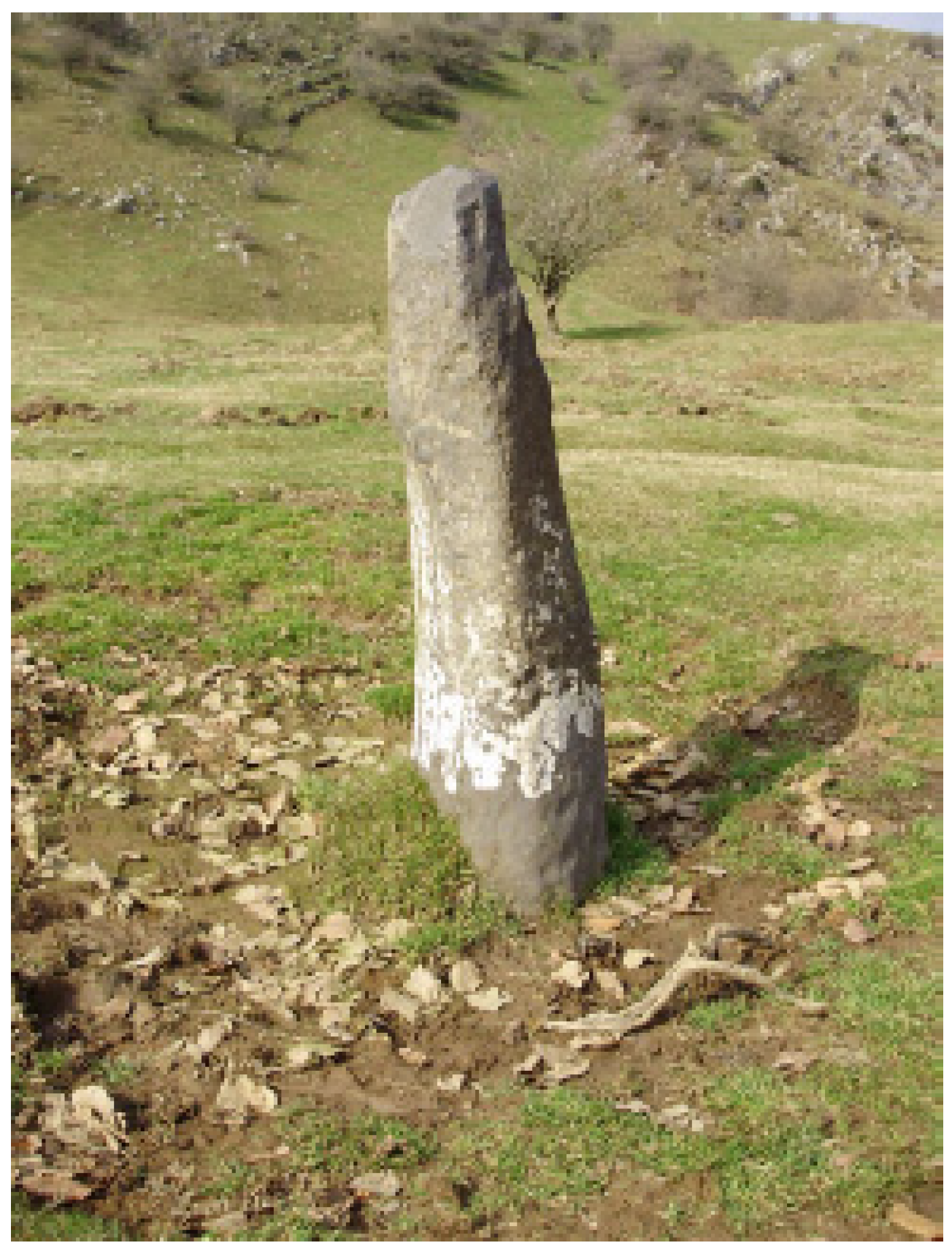
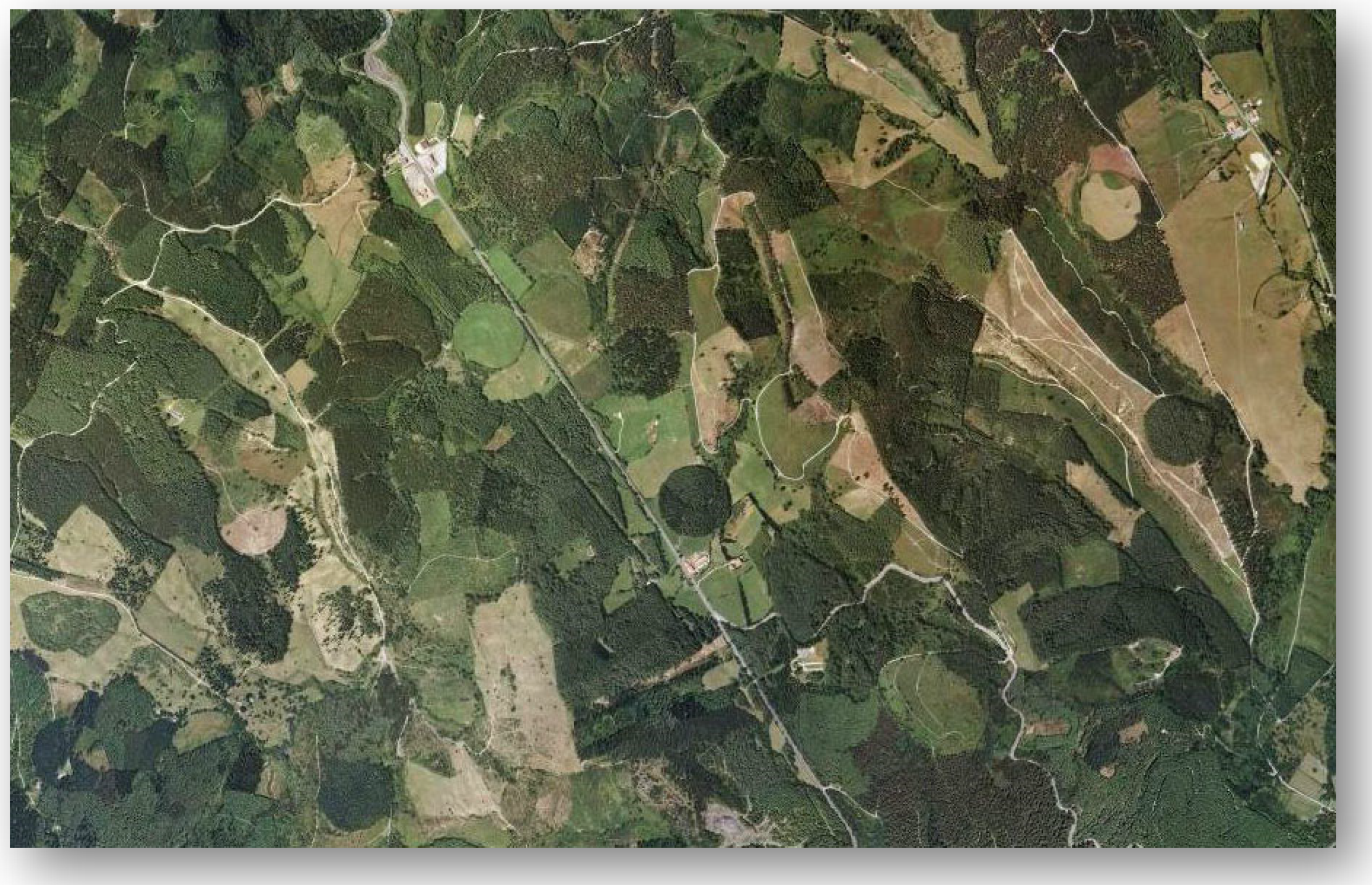
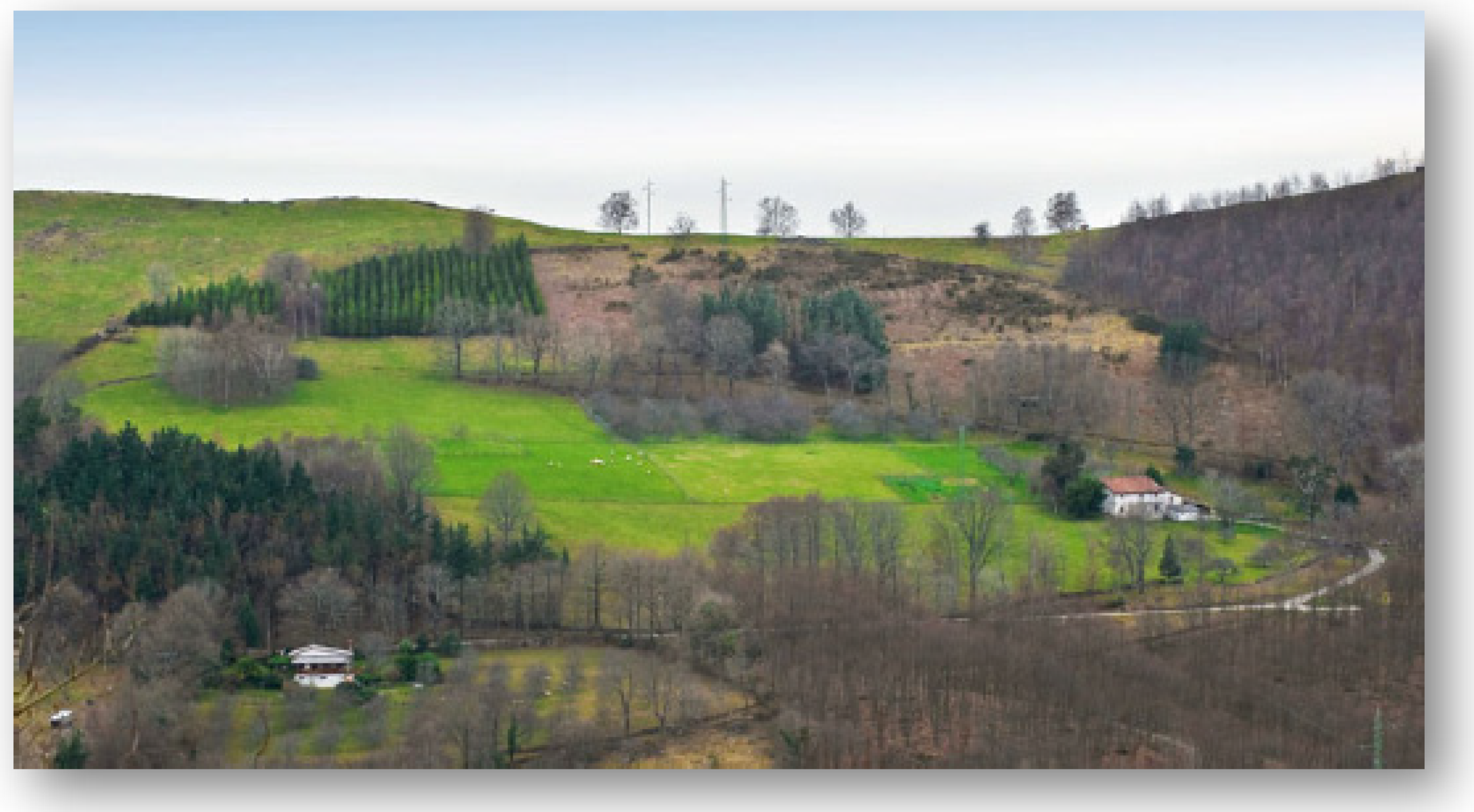
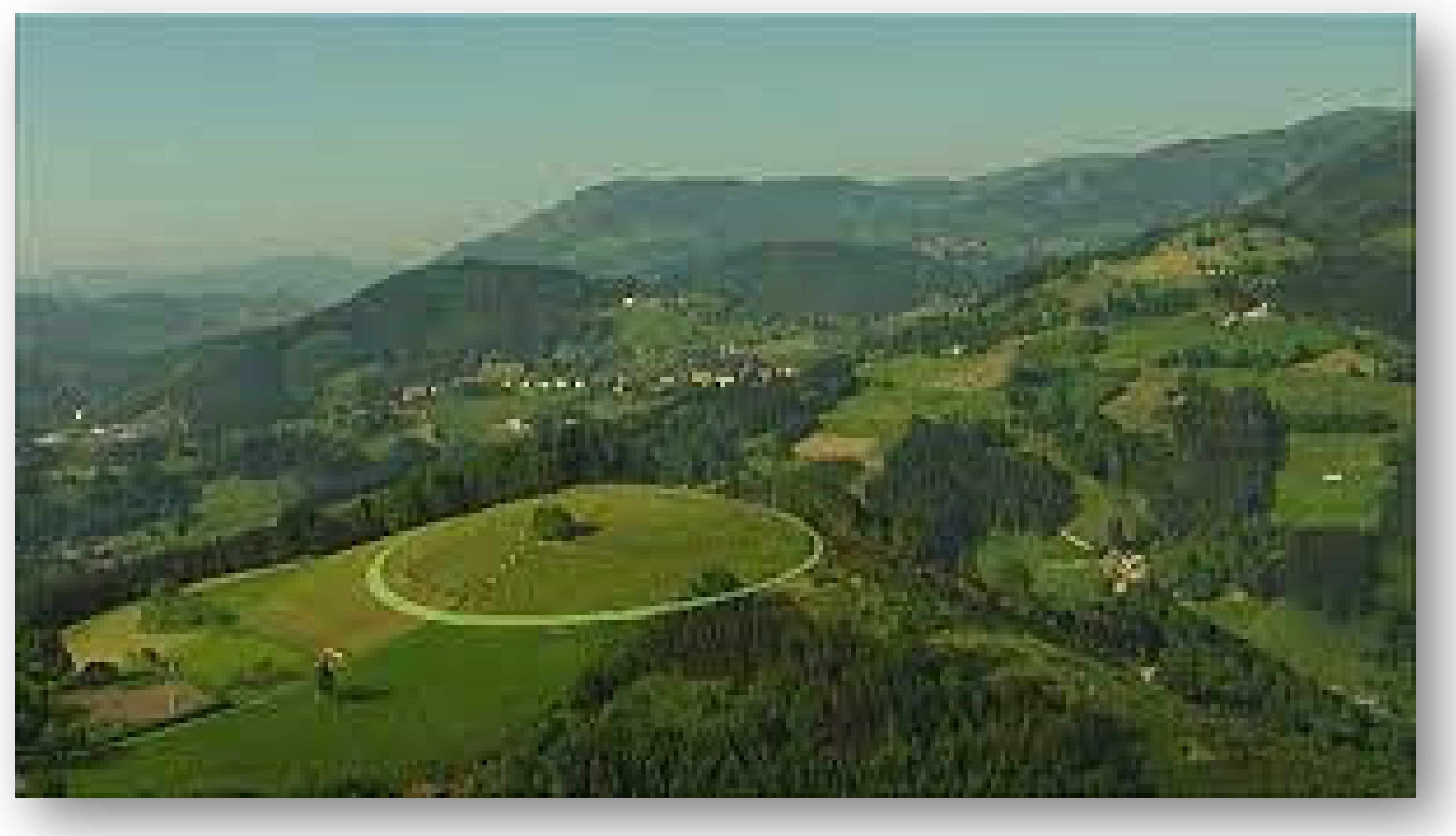
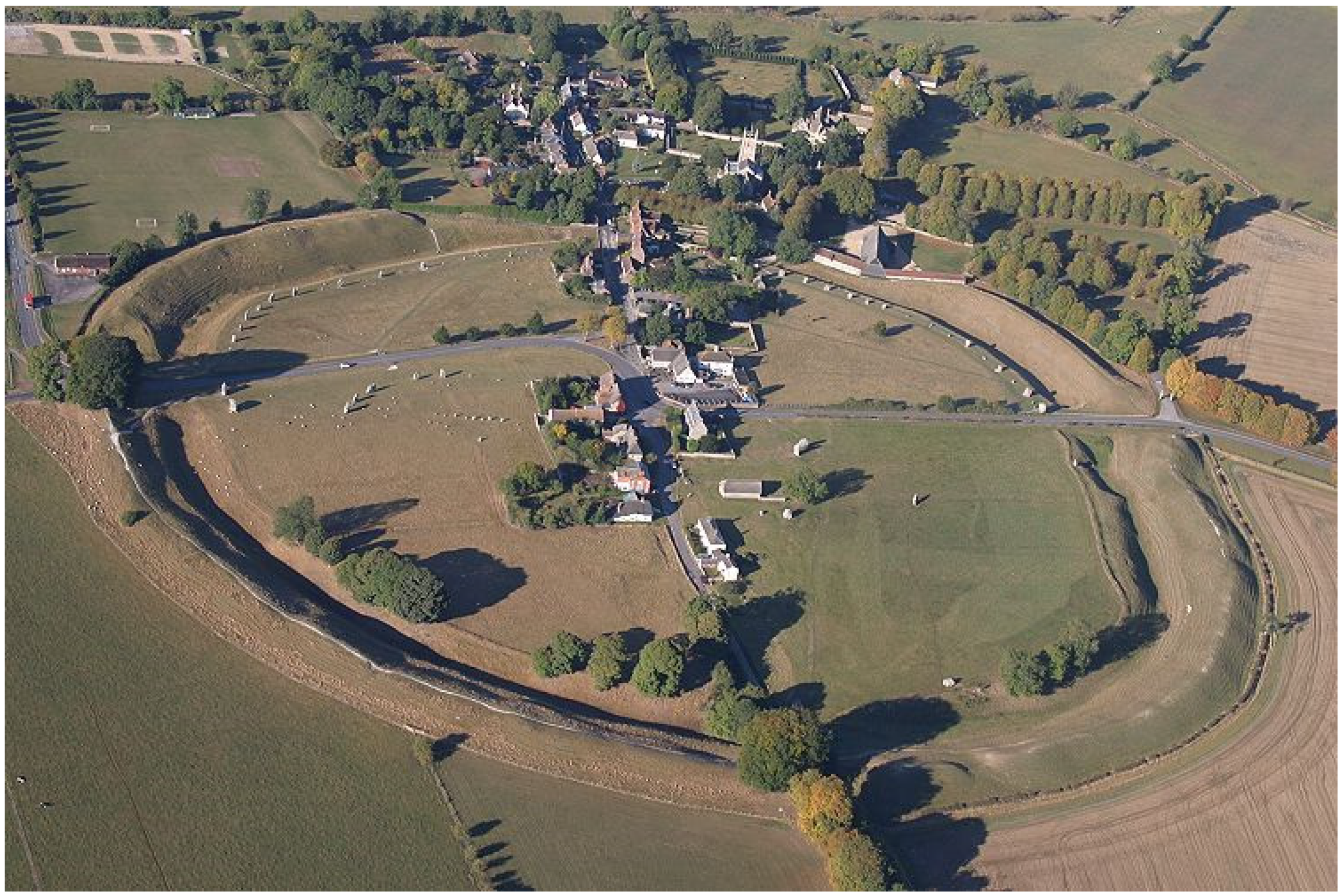
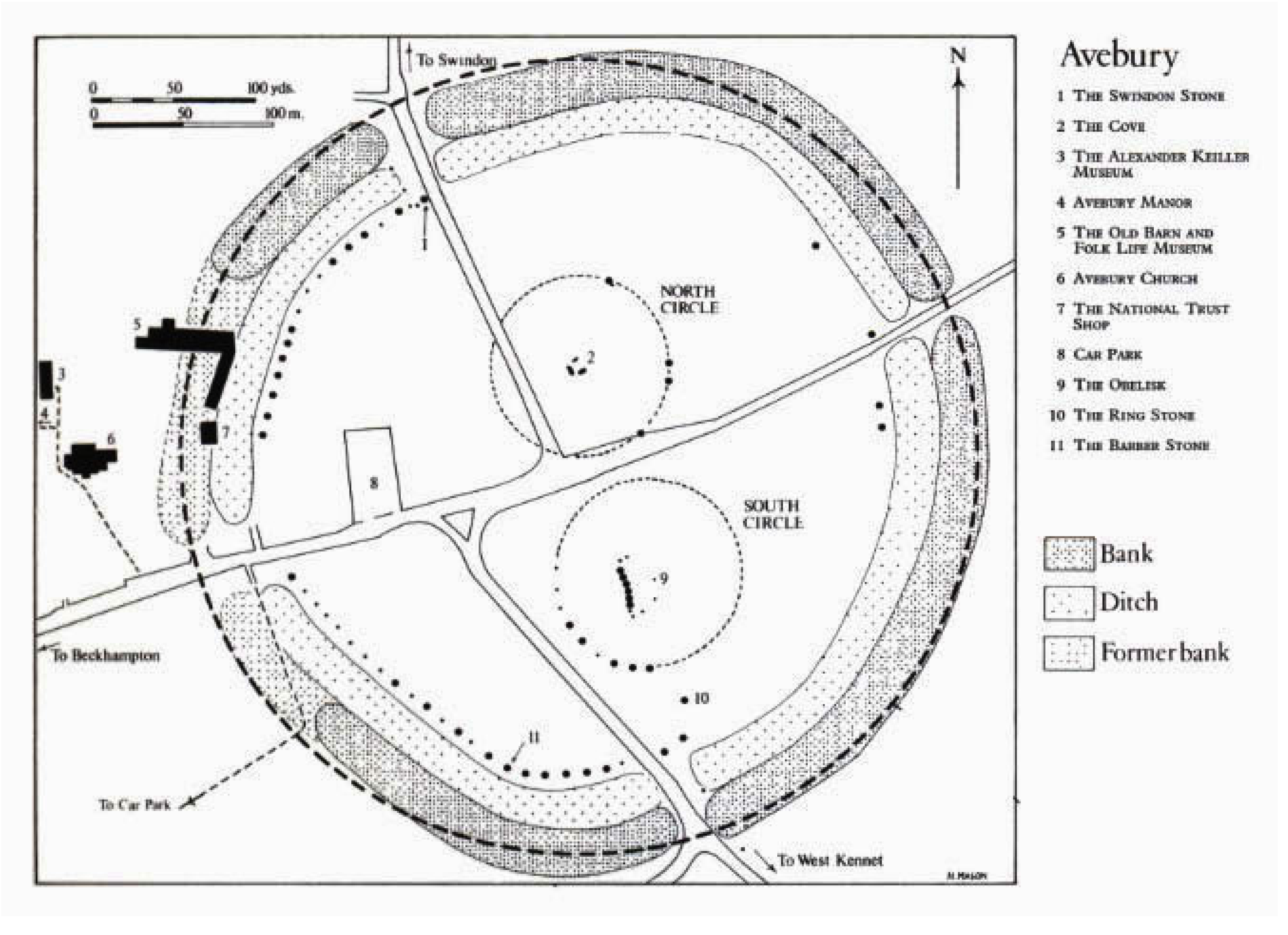
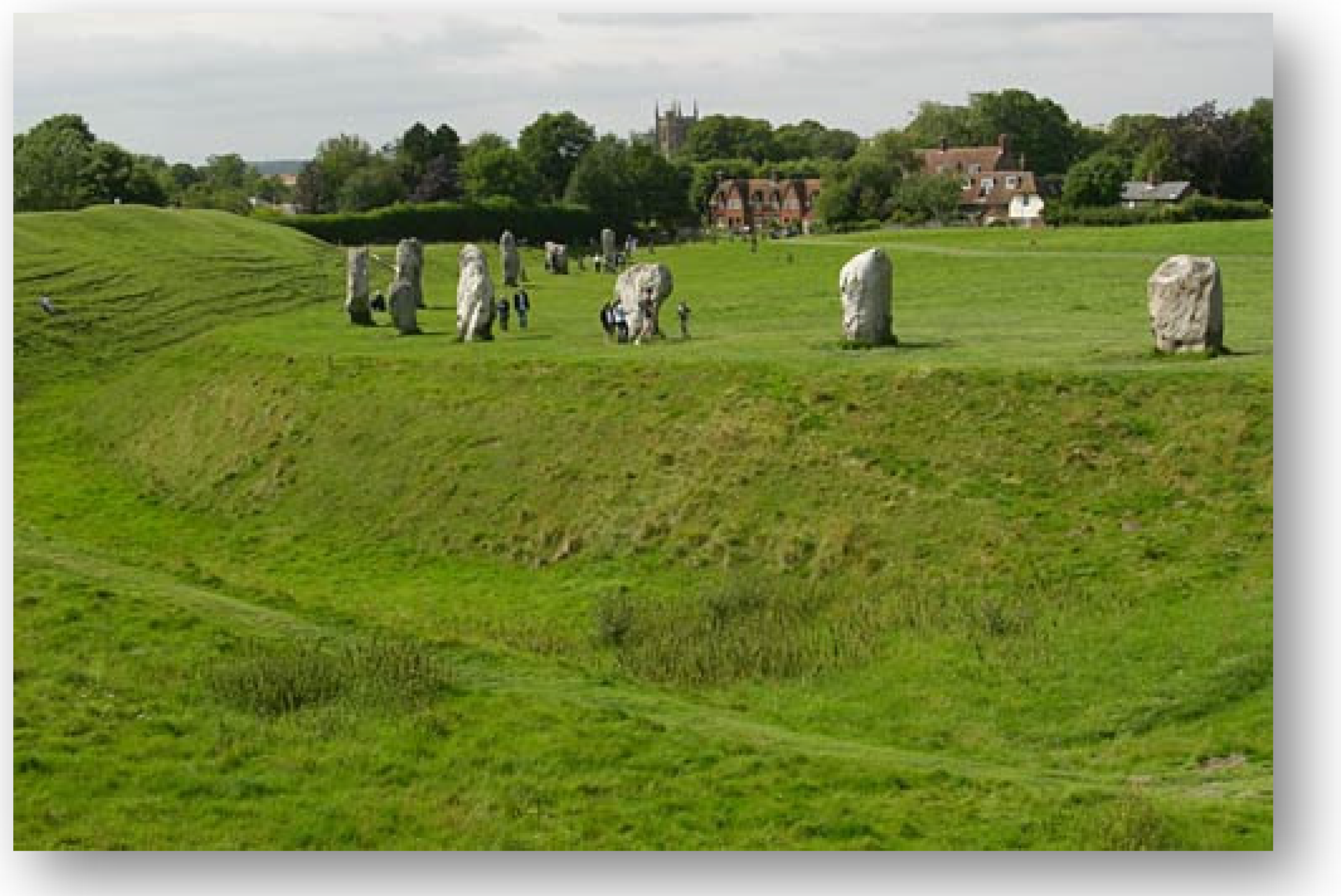
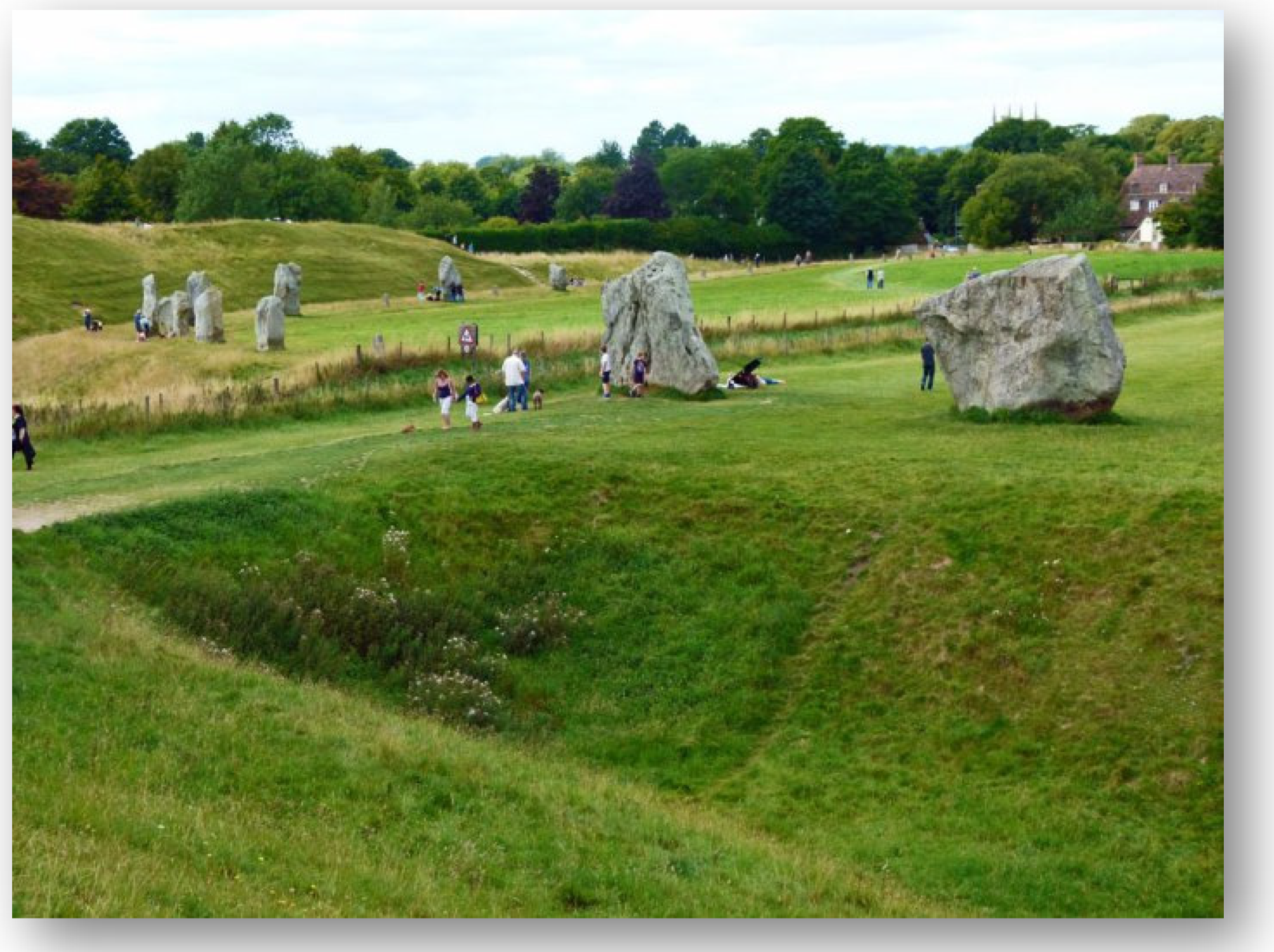

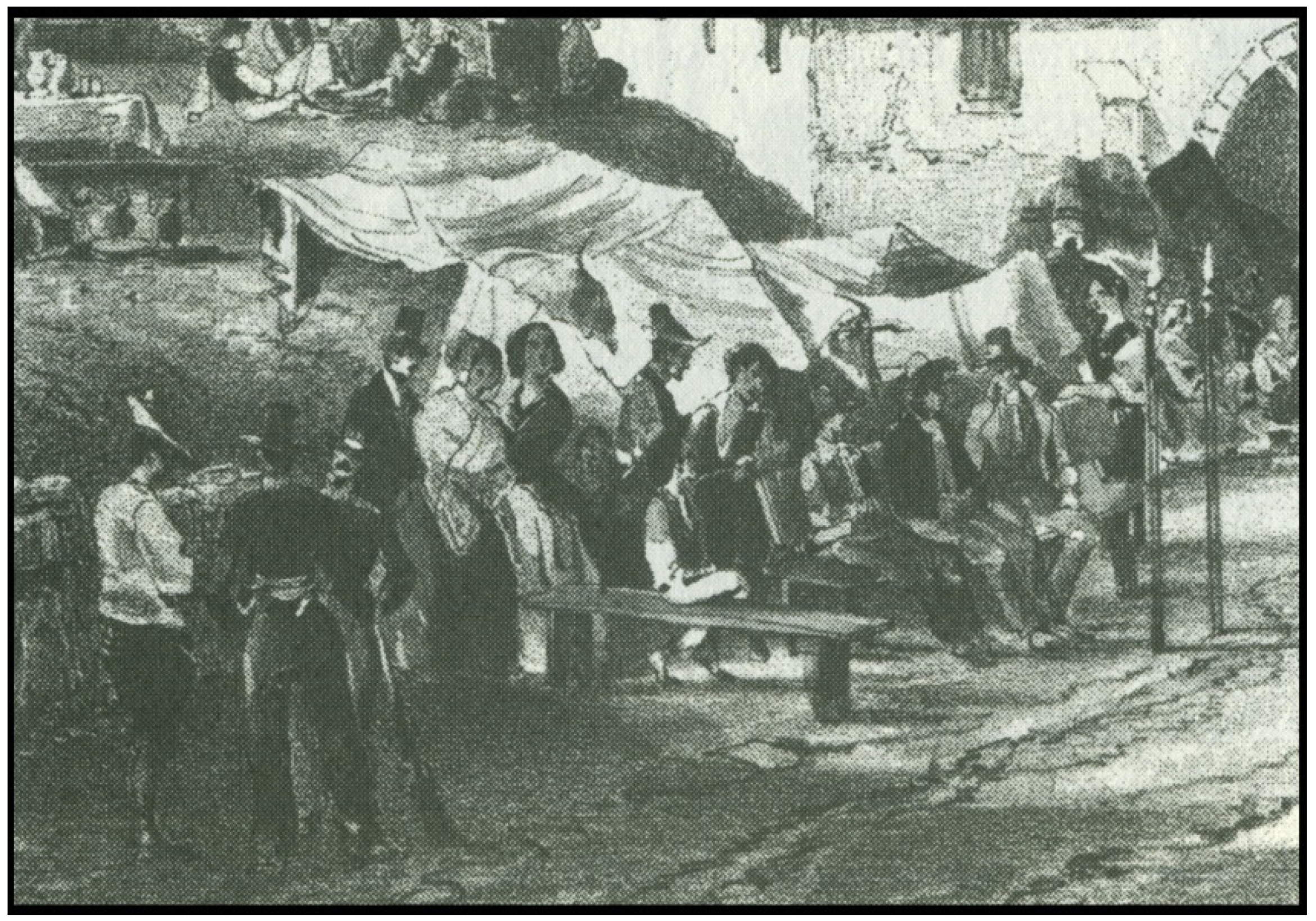
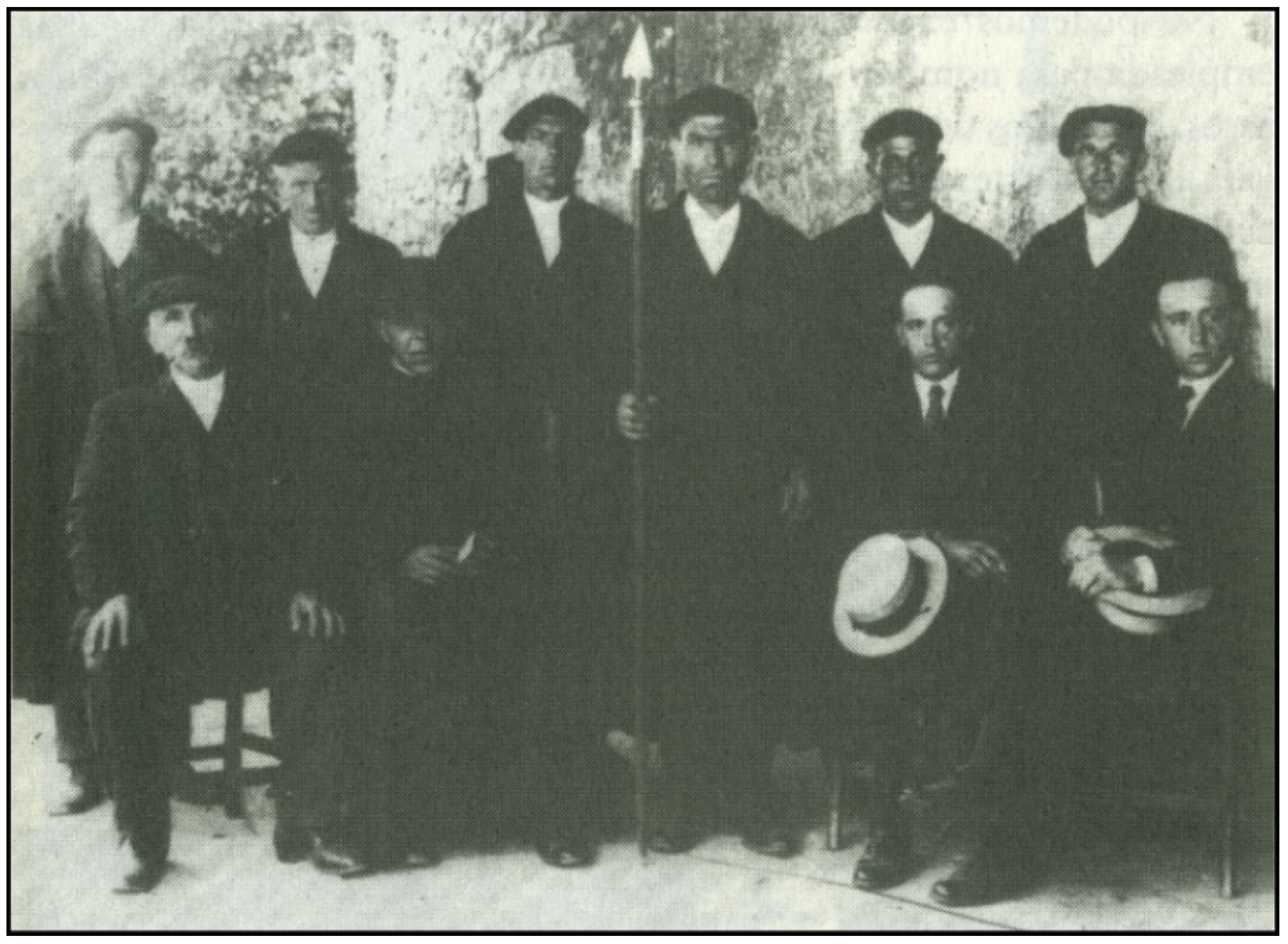
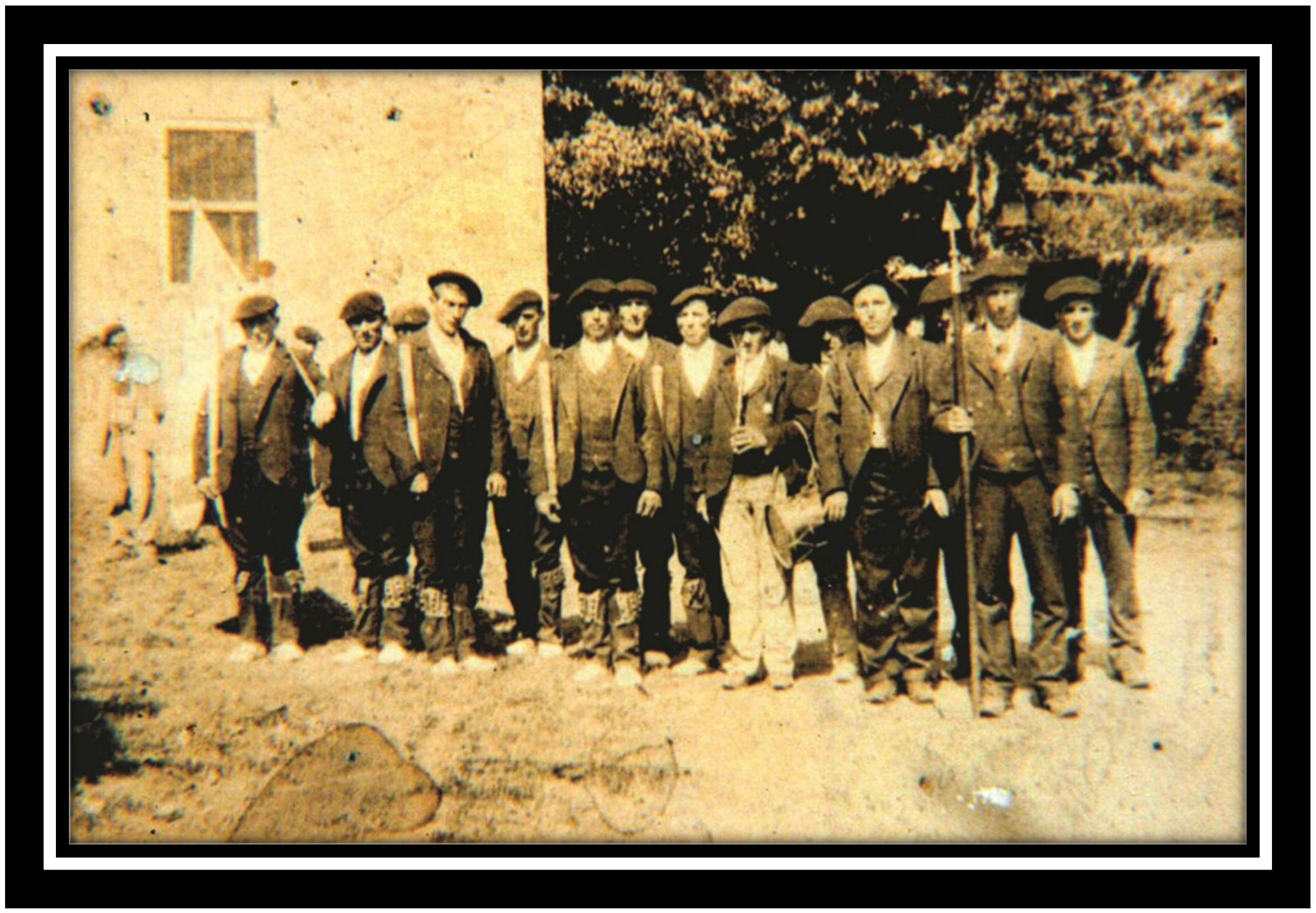

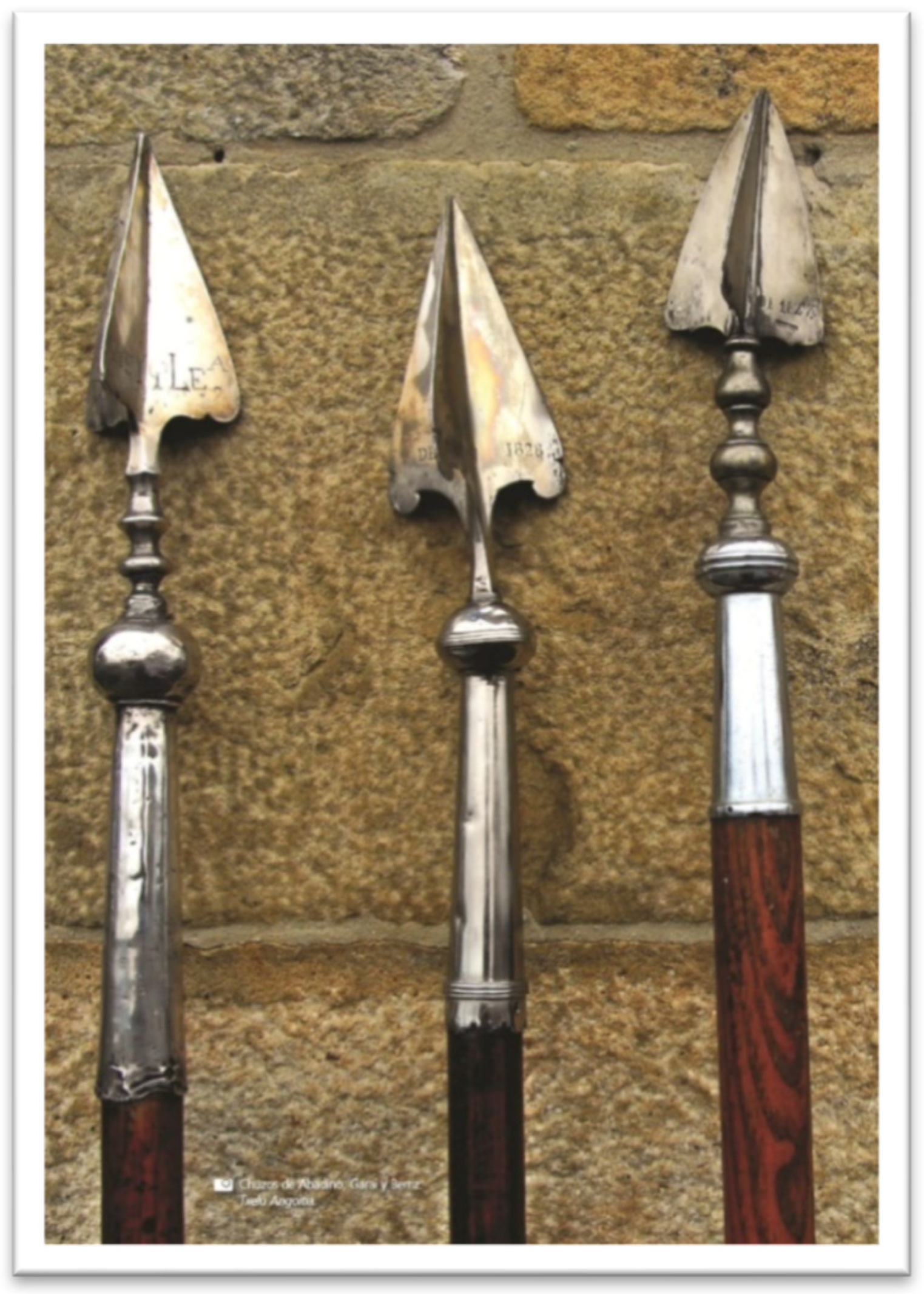
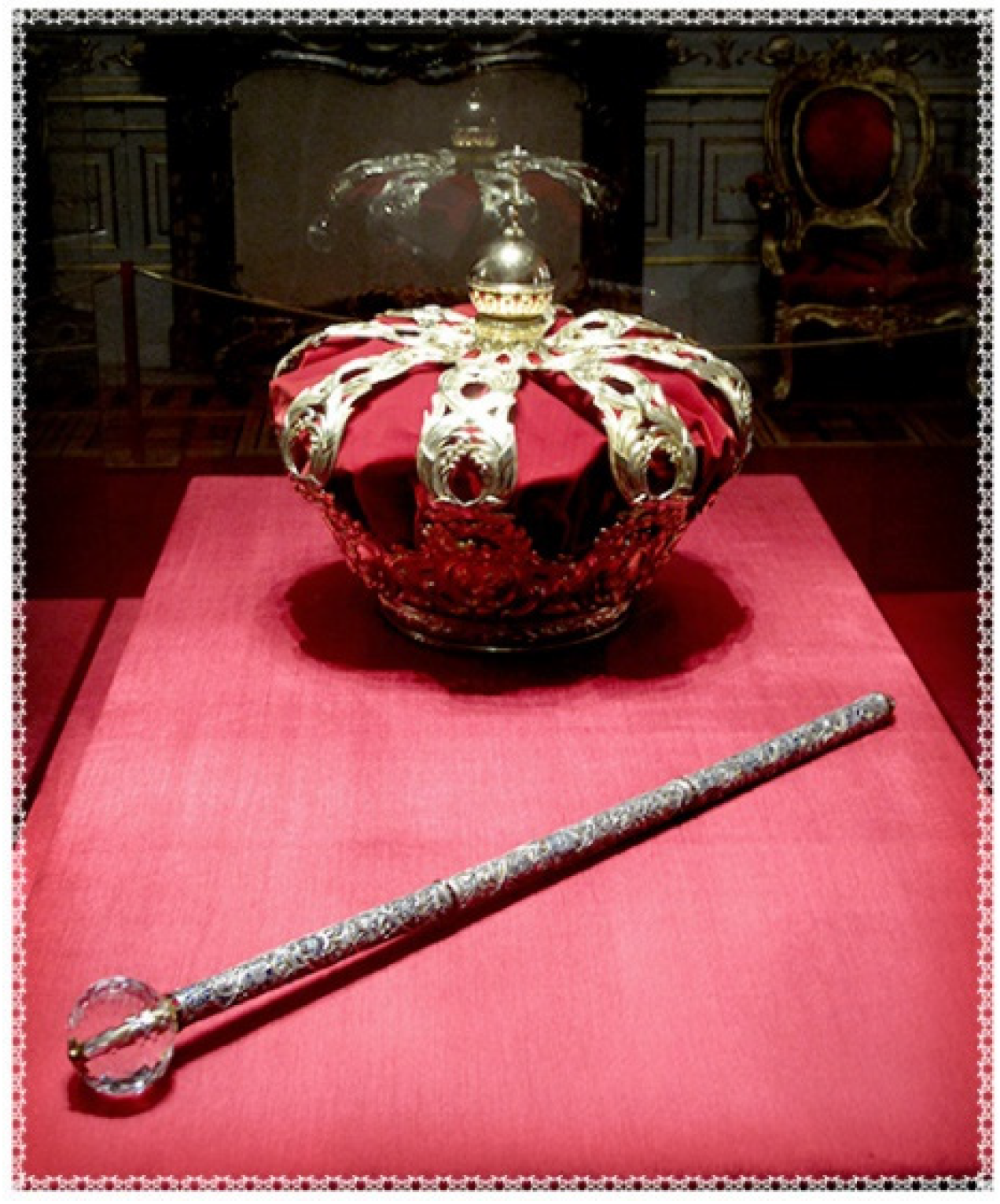
| 1 Seisrigh | 120 acres | Two score acres times three |
| 3 Seisrighs | 360 acres | 1/4 of a Bailebiatagh |
| 12 Seisrighs | 1440 acres | 1 Bailebiatagh |
| 1 township | 144 × sq. furlongs | 101,606,400 sq. ft. |
| 1 sq. furlong | 144 × 4900 sq. ft. | 705,600 sq. ft. |
| 1/10 sq. furlong | 1440 × 49 sq. ft. | 70,560 sq. ft. |
Publisher’s Note: MDPI stays neutral with regard to jurisdictional claims in published maps and institutional affiliations. |
© 2022 by the author. Licensee MDPI, Basel, Switzerland. This article is an open access article distributed under the terms and conditions of the Creative Commons Attribution (CC BY) license (https://creativecommons.org/licenses/by/4.0/).
Share and Cite
Frank, R.M. A Newly Discovered Ethnocultural Substrate along the Atlantic Façade—Evidence for the Unique Counting System and Mathematical Strategies Shared by the Basque Country (Euskal Herria), Spain, France, Ireland and Scotland. Histories 2022, 2, 112-145. https://doi.org/10.3390/histories2020010
Frank RM. A Newly Discovered Ethnocultural Substrate along the Atlantic Façade—Evidence for the Unique Counting System and Mathematical Strategies Shared by the Basque Country (Euskal Herria), Spain, France, Ireland and Scotland. Histories. 2022; 2(2):112-145. https://doi.org/10.3390/histories2020010
Chicago/Turabian StyleFrank, Roslyn M. 2022. "A Newly Discovered Ethnocultural Substrate along the Atlantic Façade—Evidence for the Unique Counting System and Mathematical Strategies Shared by the Basque Country (Euskal Herria), Spain, France, Ireland and Scotland" Histories 2, no. 2: 112-145. https://doi.org/10.3390/histories2020010
APA StyleFrank, R. M. (2022). A Newly Discovered Ethnocultural Substrate along the Atlantic Façade—Evidence for the Unique Counting System and Mathematical Strategies Shared by the Basque Country (Euskal Herria), Spain, France, Ireland and Scotland. Histories, 2(2), 112-145. https://doi.org/10.3390/histories2020010





